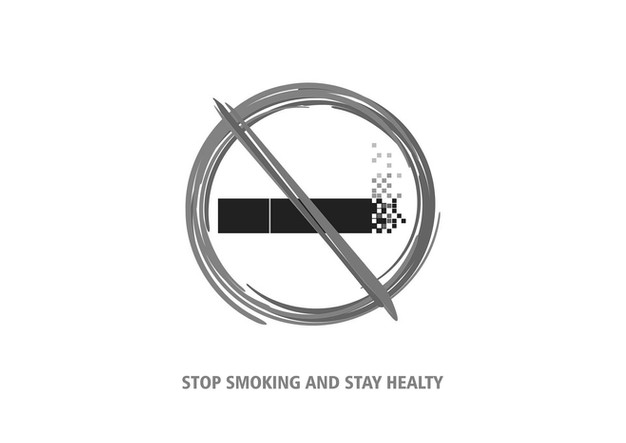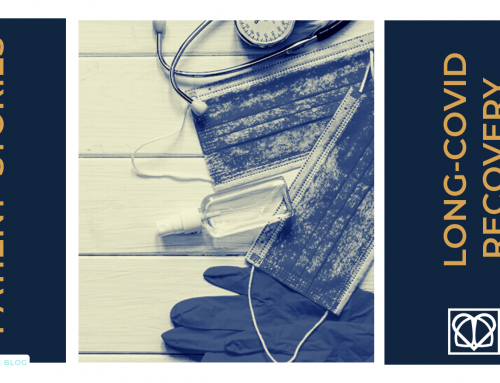31st May is World No Tobacco Day.
Why not make it the first day of quitting smoking for good?!
We’ve come up with some compelling reasons why you should give up smoking before in a previous blog, but here’s some additional information on how smoking affects lung health – not just here in the UK but around the world:
Lung cancer
When you smoke you’re putting yourself at much greater risk of getting lung cancer, quite simply because smoking the primary cause for lung cancer. Globally it accounts for over two thirds of lung cancer deaths.
And you don’t need to smoke yourself to be at risk because second or even third hand exposure also increases the risk of lung cancer. The best way to minimise those risks is to quit smoking. It’s worth it – after 10 years of quitting smoking, your risk of getting lung cancer reduces to around half that of a smoker.
Chronic respiratory disease
Tobacco smoking doesn’t just cause lung cancer, it’s also the main cause of chronic obstructive pulmonary disease (COPD). We have previously covered topics explaining exactly what COPD is and how pulmonary rehabilitation can help. You are much more at risk of developing COPD if you begin smoking at a young age, primarily because lung development slows down when exposed to tobacco smoke. If you have asthma it will also be exacerbated by tobacco. In smokers, the most effective way to improve asthma symptoms and slow down the progression of COPD is to quit smoking.
Across the life-course
Issues as a result of exposure to tobacco affect us across the full life cycle.
- Infants often experience reduced lung growth and function when exposed in-utero to tobacco smoke toxins, whether that be through maternal smoking or maternal exposure to second-hand smoke.
- Young children when exposed to second-hand smoke children are at a greater risk of developing asthma or seeing their symptoms worsen, pneumonia and bronchitis, and frequent lower respiratory infections. An estimated 165 000 children die before they turn 5 due to lower respiratory infections caused by second-hand smoke.
- Adults the health consequences of second-hand smoke exposure continue into adulthood. This is because when you suffer from frequent lower respiratory infections in early childhood your risk of developing COPD significantly increases in adulthood.
Tuberculosis
Tuberculosis (TB) in itself damages the lungs, thereby reducing lung function, and if you smoke then these symptoms will be exacerbated. Latent infections of TB can be triggered by the chemical components of tobacco smoke, which around a quarter of all people are infected with. When active TB is compounded by the damaging lung health effects of tobacco smoking, your risk of disability and death from respiratory failure significantly increases.
Air pollution
We’ve spoken before about air quality and just how bad poor air quality is for our lungs. When it comes to indoor air pollution tobacco smoke is one of the most dangerous forms of indoor air pollution: it contains over 7 000 chemicals, 69 of which are known to cause cancer. You should be aware that smoke can linger in the air for up to five hours, even though it may be invisible and odourless. That means you’re exposing anyone within that indoor space to higher risks of lung cancer, chronic respiratory diseases, and reduced lung function.





